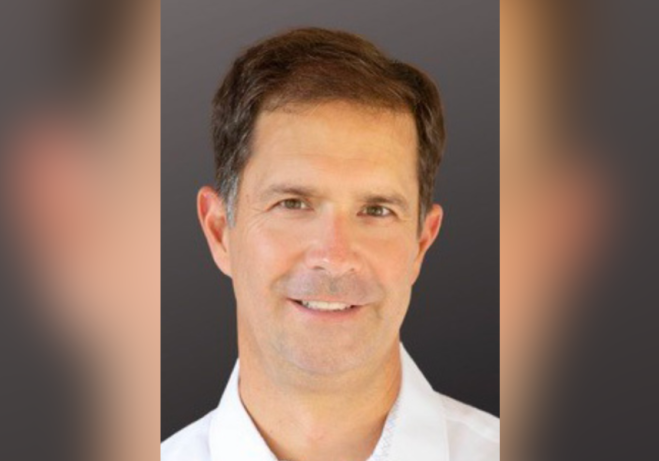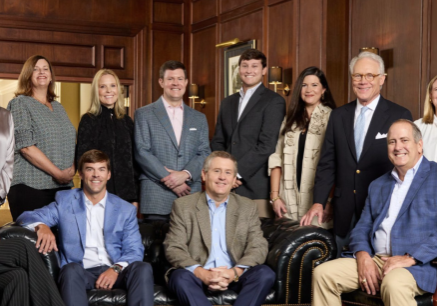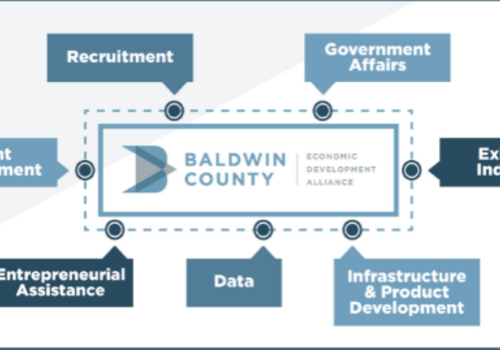Bridging the Generational Divide

Understanding today’s youngest employees
by Cam Marston
Workforce changes continue to vex workplace leaders. Talent is hard to find, and when employers do find it, it’s expensive. Today’s youngest employees with in-demand skills are earning more than their predecessors ever did at the same age, and employers continue to shell out dollars to attract, recruit, hire and retain talent.
Yet, money isn’t solving the problem. The stories come to me from different workplaces, professions and job markets – newly hired employees who never show up for their first day of work or never return after a day or two on the job. Young professionals, heavily recruited, leave their firm after a year because they felt they weren’t given clear instructions on how to earn a partnership in eight years. Senior business leaders are hesitant to retire due to their young replacement admitting they’re not “all in.”
What’s to explain this? And what’s the fix?
We’ve (Mostly) Been Here Before
First, generations have complained about the work ethic of younger generations throughout history. The first reference I can find of one generation complaining about another comes from Socrates some time before 399 BC where he accuses the youth of his day of loving luxury too much, referencing a lack of work ethic. These were the same accusations made of my generation, Gen X, when we entered the workplace in the late 1980s and 90s. We were termed “slackers.” Following Gen X’s entrance into the workplace were the Millennials. The prevailing view of the time was if you thought Gen X was lazy, wait until you see the Millennials. Today, the workplace is adjusting for the newest generation, Gen Z, and the Gen X “slacker” generation is proving to be effective leaders. However, Gen Z’s entrance into the workplace has been truly different.
Meet Gen Z
An entrant into the office workplace since around 2018 has never known a “traditional” workplace. They have more experience with a hybrid or remote workplace than what most of us recognize as the traditional 9-5 job. This is, of course, what the pandemic created. Workplace leaders who knew how to create better functioning teams and how to offer and implement workplace incentives struggled in this new landscape and rightfully so – we’d never been in this environment before. And while some new sense of order appears to have settled in, Generation Z, due to demand for their labor, has the upper hand. So, what do we know about them?
Per a recent article from The Economist with my added commentary:
There will soon be more Gen Z members than Baby Boomers in the workplace. Baby Boomers, known for their extraordinary work ethic, are already sorely missed.
For too many Gen Z individuals, anxiety is their way of life. The exact causes are unclear – fear instilled by the pandemic, lack of self-confidence continuously fed by social media, news cycles dominated by rage. No one knows for certain.
Thirty-eight minutes per day socializing in person, down from 60 minutes in the 2000s. No one wonders what they’re doing when they’re not socializing – they’re on their phones – but we must be concerned with the skills they’re not learning. These absences of skills are showing up in the workplace with an inability to communicate and relate to workplace colleagues and customers. Evidence is mounting that this is a much greater issue in young men than young women. More on this below.
Finally, per Deloitte’s 2024 Gen Z and Millennial Survey, Gen Z leads the pack in expecting their corporate employers to influence public policy around everything from politics to the environment by taking very public stances on issues important to the generation.
Boys and Achievement
As a father of two boys and two girls, there is an issue on the horizon that concerns me, and it appears to be gaining traction in Gen Z. There is a growing disparity in achievement between young men and young women. Simply stated, young men are falling behind. Young women are excelling. Known in some circles as “the boy crisis” after a book of that title, the impacts on the workplace are beginning to appear. It’s apparent in college enrollments and has been for some time. As an example, per CollegeFactual.com, enrollment in the University of Alabama is 55% female, and at the University of South Alabama, it is 60% female. Spring Hill College is nearly 63% female, and my alma mater, Tulane University, is 60% female. Even the residential secondary school Alabama School of Mathematics and Science in Mobile has 20% more enrolled females than males according to Dr. Mitch Frye, the school’s academic dean. Only Auburn University stands out at 51% male. We want the pendulum centered between male and female, not too far to one side or the other.
In the workplace, this disparity is beginning to show. A quick search of ChatGPT on whether male or female account managers are more profitable for their employers reveals five studies showing client retention rates and profitability today were higher in professional accounts led by females. What’s the fix? I’ve found no clear answer to that question. As a father, I’m excited for the opportunities ahead for my daughters. I worry for my sons.
Knowledge is power. We know this. And dispelling the mysteries of motivation is a part of any workplace solution when it comes to generational challenges.
Cracking the Generational Workplace Code
Knowledge is power. We know this. And dispelling the mysteries of motivation is a part of any workplace solution when it comes to generational challenges. When the mysteries are gone, though, it doesn’t mean the solution is simple. How to recruit, hire, motivate and retain a young, unproven generation without alienating your tenured hard workers can be dicey. Leading each generation by what they want can be contradictory to the goals of the company. Employers can’t invest in training only their young males to give them a boost without fear of discrimination. More questions are needed. More study. And once we feel like we have some answers, the generations will evolve yet again. Cam Marston studies workplace, workforce and marketplace trends and educates his clients on the impact of those trends on their workplace and marketplace. His radio show, called What’s Working, is broadcast in 25 markets across the country and can be heard locally on FMTalk106.5 Wednesdays at 7 p.m. He also records weekly commentaries for Alabama Public Radio. Learn more at CamMarston.com.
Read More
Subscribe to our weekly newsletter
Sign up here for free to get Bay Business News email newsletter every Friday.
By subscribing, you agree to our User Agreement and Privacy Policy & Cookie Statement.











